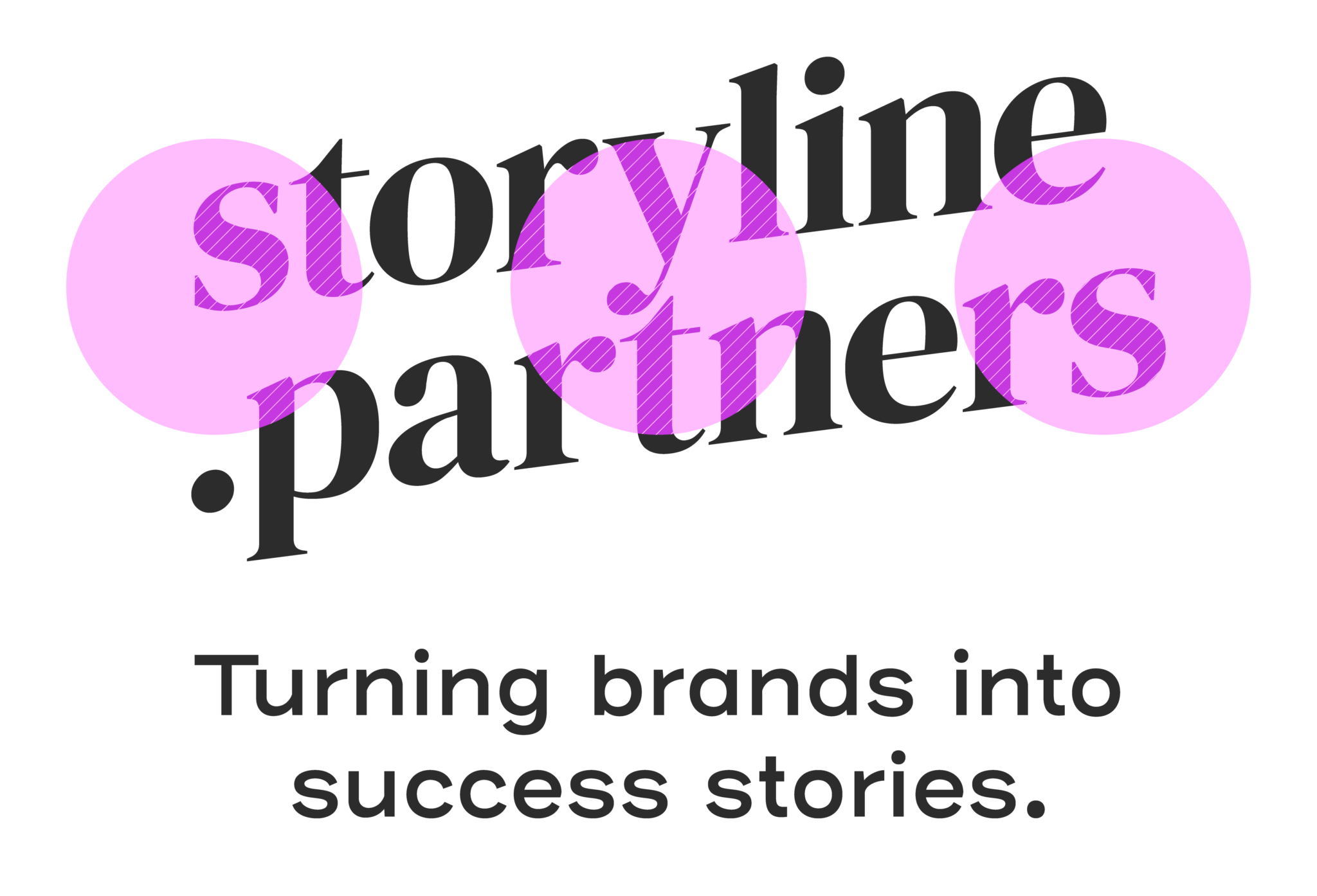


- What do you think are the main challenges for energy companies regarding branding and communication?
Winning the hearts and changing the minds of cynical or ‘promise-fatigued’ consumers is a big challenge. Particularly when there is an element of expectation-setting to be done on the part of energy companies with regards to balancing sustainability targets and commercial realities.
- What do you think are the biggest opportunities today for energy companies as it relates to brand and marketing?
The industry is at a point of unprecedented change. Past reputation counts for less when the rules of the game are changing. New brands can quickly compete and displace old ones through innovation and by demonstrating expertise in new areas. Take Tesla, BYD, or Octopus Energy for example. But established brands needn’t run scared, they have an opportunity to reimagine themselves, laying the foundations for a future legacy.
- How do you see your clients building the business case for brand investment?
Times of change are a great time to invest in your brand because the turbulence creates an opportunity for new brands to break into a market, or established brands to branch out into new categories. If you’re not communicating when things are changing, other brands will take your place in the minds of consumers.
- How much emphasis do you place on emotion versus rationality when building an energy brand? Does “feeling” and emotive resonance have a place within your brand strategy?
The rational versus emotional argument is a bit of a false dichotomy. Because to change minds you need to win hearts and rational facts then play an important role in justifying consumers’ decisions. That’s why story is such a powerful tool. It brings the two elements together in a holistic way.
- What lessons have you learned about simplifying complex concepts/technologies for branding and communications?
First and foremost, find the narrative. It helps frame the technology and cuts through complexity. Some things might need to be omitted or placed lower down the hierarchy of messaging, but what you lose in fidelity you gain in comprehension. People won’t buy what they don’t understand.
- How does storytelling approach differ between your B2B and B2C strategies?
Whether it’s B2B or B2C, we are fundamentally still communicating with human beings. In B2B messaging the story may sometimes frame and contextualize more technical information. In B2C you might not need that level of detail. Either way, story is the most human way of imparting information. Then there is the important distinction between storytelling and narrative. But you can find out more at our workshop!
- What do you say when you were convincing people to take branding/reputation seriously as an investable asset?
If you don’t invest in brand, you’re invisible. People don’t buy what they can’t see. Marketing and branding are often undervalued because they’re not immediately tangible – not until they influence purchase decisions and have a tangible effect on the bottom line.
- What are you most looking forward to this year at CHARGE?
At last year’s CHARGE, people were calling for more authentic storytelling. We are excited to show attendees how to engage with that and what it really means for their brand.
- What will attendees from your workshop take away?
Put succinctly: How thinking in story can help clarify their brand messaging and win over audiences.
Storyline Partners is a brand consultancy. They use a unique and intuitive model (StoryLogic) to help clients construct the compelling strategic narratives they need to succeed. Such as: brand positionings, storylines for new products, and corporate leadership narratives.

